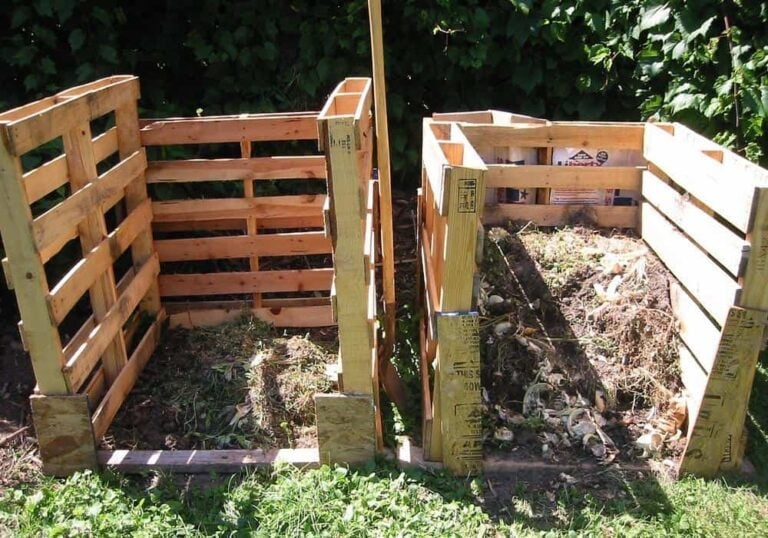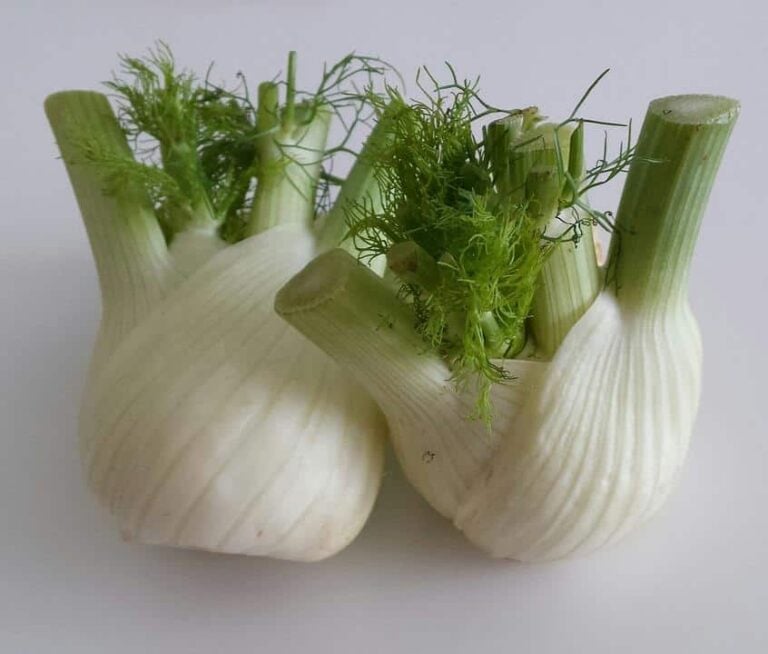Growing Bay Laurel: A Handy Guide
Unless you live in the Mediterranean, where bay laurel comes from, it’s best to grow the plant in a container. If you live in an area with cold winters (usually zone 7 and lower), you can bring the plant inside over the winter from the cold and wind. You can also grow bay laurel inside all year around, as long as it gets plenty of sunlight. To keep your bay laurel happy, let its soil dry out between watering and repot it every few years. You can harvest and use its leaves at any time.
Planting Bay Laurel
Your best bet when growing bay laurel is to purchase a small, established plant from a gardening center or nursery, according to the University of Illinois Extension. The plant takes a long time to get started from seed and doesn’t always succeed when grown from a cutting.
It’s often best to plant bay laurel in a container, although if you live in USDA zone 8 or above you can try planting it outdoors, in the ground. Bay laurel isn’t very hardy and can’t survive winters outdoors in zones 7 or lower.
To plant bay laurel in a container, choose a pot that is about an inch or two bigger on all sides than the current size of the bay laurel’s root ball. The pot can be made out of any sort of material, such as ceramic, metal or plastic, as long as it has a drainage hole in the bottom.
Fill the container about halfway with potting mix. A combination of standard potting mix and potting mix made for cacti is ideal, since bay laurel likes dry, well-drained conditions. Gently place the root ball of the bay laurel in the container with the potting mix, then fill in any gaps with additional container mix.
Water the soil to help the plant get settled in.
If you’d like visual demonstration of how to plant bay laurel in a container, the video from Home Handy Hints offers a step by step guide.
Repotting Bay Laurel
Although bay laurel can reach up to 50 or 60 feet in height when grown outdoors in its native setting, your tree won’t get nearly so tall, especially if you grow it in a container. Bay laurel is usually a slow grower.
That said, it does grow and is likely to eventually become too large for its current pot. Keep an eye on your tree and its container. When you start to see roots peeking out of the drainage hole or forming on the top of the soil, it’s time to move the tree to a new pot.
You can repot bay laurel into a larger container using the same method you used to plant it in the container in the first place.
Growing Bay Laurel Indoors
Since bay laurel does need bright, sunny conditions, it’s not ideal to grow the plant indoor all year round. If you have space outdoors, it’s a good idea to bring your bay laurel outside in the spring and summer, then bring it back inside for the winter. Bay laurel can’t stand temperatures under 23 degrees Fahrenheit and its leaves are damaged by cold winds, according to the Royal Horticultural Society.
If you are going to grow the plant inside all year round or just in the winter, choose the sunniest location for it possible. Often, that means placing the tree in front of a south facing window. If your home doesn’t get much natural sunlight, your best bet is usually to keep your potted bay tree under a grow light.
Care for Bay Laurel
When growing bay laurel outdoors in the spring and summer, choose a sunny spot for it that offers some protection against the wind. Near a wall or building can be ideal.
One of the most important things to pay attention to when growing bay laurel is the amount of water you give it, especially when growing in a container. Bay laurel is a native to the Mediterranean area, meaning it’s used to dry conditions.
Water the plant regularly, but allow the soil to dry out between waterings. If the soil stays moist or soggy, the plant can develop problems such as root rot and leaf spots. Spotting on the leaves can also be a sign that the container mix is too old and is no longer able to drain well.
You don’t need to feed bay laurel much. Giving it a dose of fertilizer or an extra handful of compost first thing in the spring, right after you’ve moved it back outdoors or once you see new growth on the plant, should be sufficient.
Pruning and Harvesting Bay Laurel
Pruning bay laurel will help keep its growth under control and can help you avoid a lanky or unruly shrub or tree.
Along with pruning to help control the tree’s shape, you want to prune to remove any dead or damaged leaves. Simply snip off any stems or leaves that are yellowed or browned. If you notice a lot of yellow or brown leaves, it might be time to feed the plant or repot it into fresh container soil.
You can also harvest individual leaves from the tree for use in cooking. Pluck the leaves from the plant as you need them. You want to dry the leaves before using them in cooking, as that makes them less bitter, according to Rodale’s Organic Life.
To dry the leaves, spread them in a single layer on top of paper towels and let them sit there for a few days until they are crispy. When you use a whole bay leaf in a dish, remember to take the leaf out and discard it before serving.






